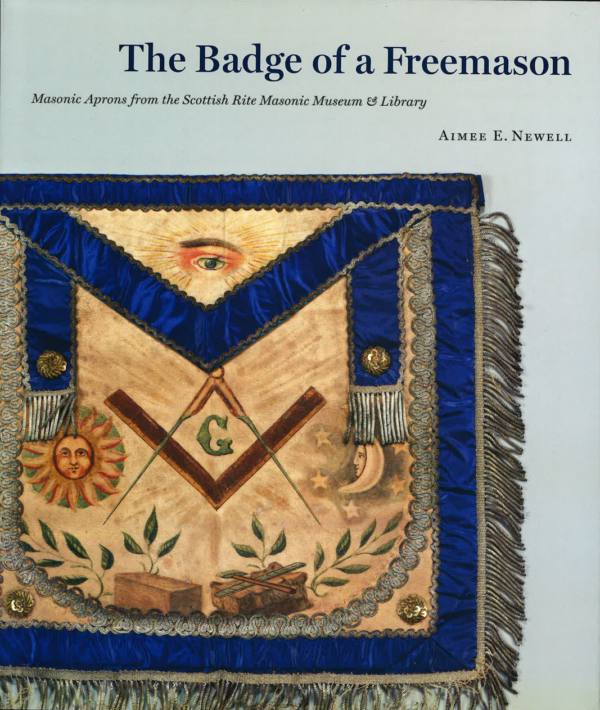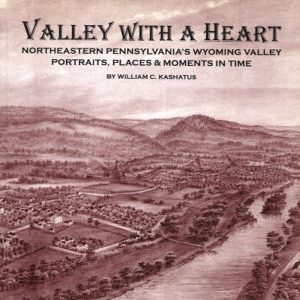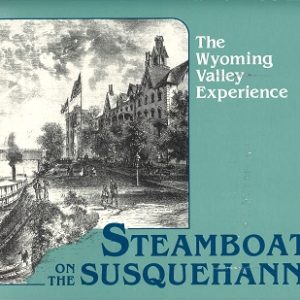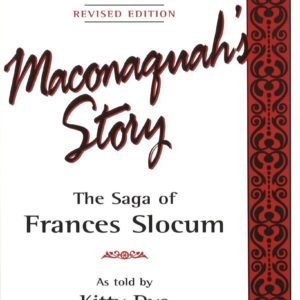The Badge of a Freemason by Aimee E. Newell, hardcover, 247 pages, full-color.
“Called “The Badge of a Freemason” in Masonic ritual, the fraternity’s apron was adapted from protective aprons worn by working stonemasons during the 1600s and 1700s. Still worn by members today, the apron remains one of the iconic symbols of Freemasonry. This catalogue presents more than 100 aprons from the Scottish Rite Masonic Museum & Library collection with full-color photographs and new research. The aprons are organized chronologically to help demonstrate their evolution in shape, style, and materials from the eighteenth century through the twentieth century.
Soon after the Scottish Rite Masonic Museum & Library was founded in 1975, the collection began to grow, with Masonic aprons among the first donations. Today, with more than 400 aprons, the Museum & Library has one of the largest collections in the world. Examples date from the United States, England, China and other countries.
Freemasonry is a fraternal organization for men that teaches a system of ethics using symbols, rituals and ideas drawn from stonemasons’ regulations, Enlightenment philosophy and Judeo-Christian teachings. Freemasonry enhances and strengthens a man’s character by providing opportunities for fellowship, charity education and leadership. Worn by Freemasons throughout the centuries, aprons feature eye-catching colors and materials and show the symbols essential to Masonic lessons.
Published by the Scottish Rite Masonic Museum & Library, this lavishly illustrated volume offers stories to be enjoyed by Freemasons around the world, as well as new ways to understand these aprons for scholars, researchers and museum curators. “the Badge of a Freeemason” is the first in-depth study of American Masonic aprons published in the recent decades and is a fascinating resource for collectors, enthusiasts and museums.”





